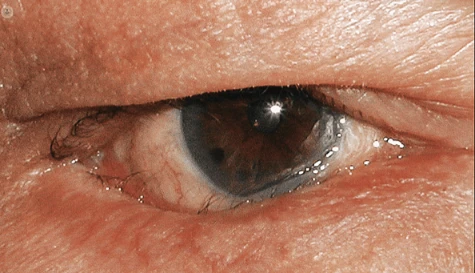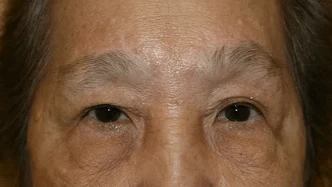The reason for watery eye should be identified, and then the treatment would be tailored according to the aetiology.
Most of the time watery eye is due to dry eye or eye exposure, which trigger the brain to send signals to the lacrimating glands to secret excess tears. The treatment would be to treat the eye exposure and dryness, with conservative measure, such as lubricating eye drops, or surgically to reduce the eye exposure.
Watery eye could be the result of the periocular muscle laxity, which is related to old age or facial muscle paralysis. As a result the pumping machine that pushes the tears from the eye down to the nasal cavity, would be rather weak, and the eye start to waters. The treatment would be to tighten the eyelid surgically.
True lacrimal duct obstruction could be confirmed with simple irrigation of the lacrimal system, and this is done as an outpatient procedure.
The treatment of total or partial lower tear duct obstruction would be surgically with establishing an alternative route for the tears from the lacrimal sac to the nasal cavity through a whole in the lacrimal bone (Dacrycystorhinostomy). The surgery is usually done under general anaesthesia.
The success rate of the Dacrycystorhinostomyis is 80% to 90% in the literature.


